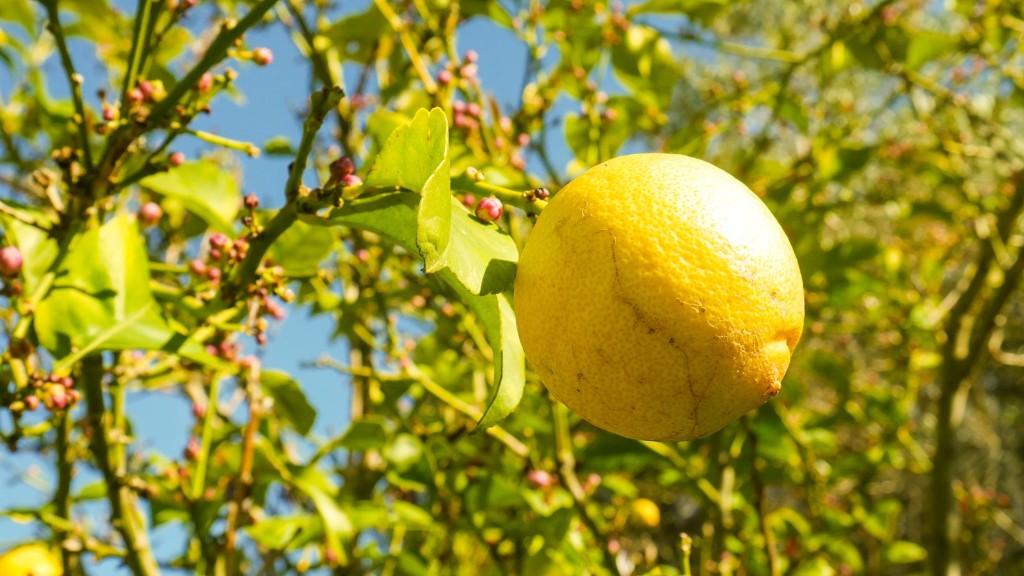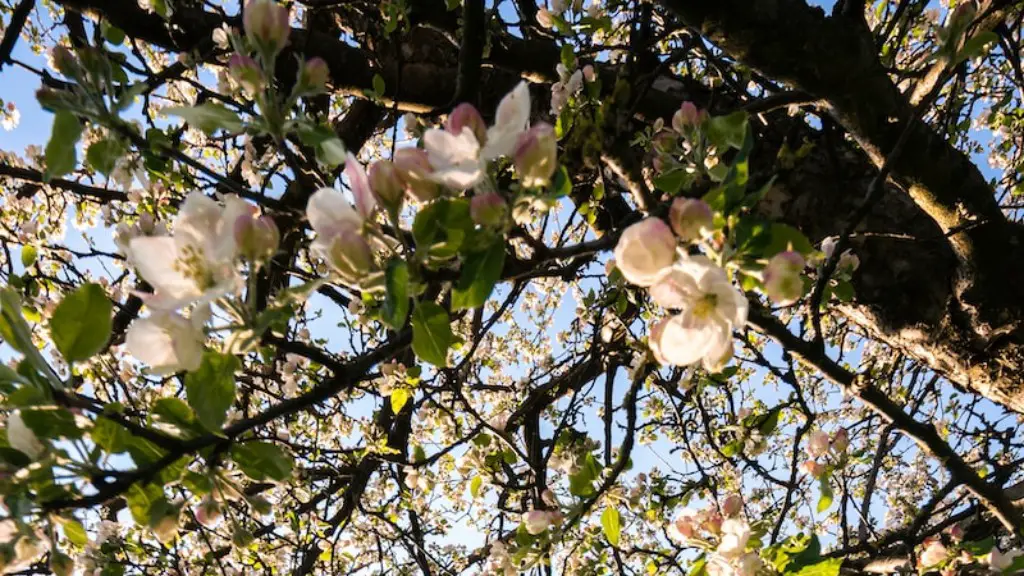Pruning a lemon tree correctly is essential if you want to reap rewarding harvests and keep it healthy. The process isn’t complicated, but there are best practices to follow. So, should you prune your lemon tree? The answer is a resounding yes!
The most important aspect of pruning a lemon tree is timing—it should be done at the correct time of year. Pruning too soon or late can cause irreversible damage, so look up when your local area is in its “dormant” season. This usually occurs in December or January for areas in the Northern Hemisphere. That’s when it’s safe to prune.
Before you start pruning your lemon tree, you need to determine what type you have. Lemon trees are either semi-dwarf or standard. You’ll need to know this because pruning techniques vary depending on size. Generally, semi-dwarf trees require less pruning and take longer to get established.
For both types of lemon trees, the most important areas to prune are the dead and diseased branches, which should be removed as soon as they’re identified. In addition, you’ll want to prune the cross-branches that can obstruct light from reaching the fruit and the surrounding foliage. Prune these to allow more light and air through the branches.
When pruning, always use sharp, well-maintained scissors and take care not to cut too deep. All cuts should be made close to the trunk and flush with the branch. Be sure to remove any excess growth in order to create more room for the lemons to grow. Over-pruning can starve the tree of essential nutrients, so pace yourself.
Finally, make sure to cover up any wounds with wax or tree wound sealant. This will help the tree heal faster and repairs any damage that could lead to a decline in overall tree health.
Specific Techniques When Pruning
When pruning specific areas of a lemon tree, it is essential to take particular care. For instance, there is a specific way to prune the branches that contain lemons. In many cases, old fruit can be left on the tree until its ripeness matures. When the fruit is picked, the branches must be cut back by no more than 15-20% to ensure that a new crop of lemons can grow in its place.
In terms of pruning the main trunk of a lemon tree, the same principle applies. Pruning to the right length will ensure the tree is able to receive adequate nutrition and breathable air. Ideally, the main trunk should be pruned back to 40 inches or its original height.
It is also important to prune around the bottom of the lemon tree. This area is sometimes neglected but should be carefully maintained. As a rule of a thumb, try to limit the growth at the base of the trunk to around 24 inches. This is to ensure the tree can stand on its own and that its foundation is strong.
Timing of Pruning
The proper timing for pruning a lemon tree is just as important as the technique used. If pruning is done during the wrong season, the tree could suffer from root damage, improper dormancy, and even death. Generally, the fall and winter seasons are the best for pruning lemon trees.
During the fall, the tree will naturally become dormant. This is the perfect time to trim back any areas that are too leggy or have dead and diseased branches. It is also a good idea to prune away any branches that cross over the top of each other or obstruct the sun.
During the winter, the tree is still dormant and you can begin to shape the lemon tree and cut away any branches that haven’t grown properly. As with all pruning, use sharp and clean scissors, and never cut more than 25% of the total growth. Doing this could risk the overall health of the tree.
Benefits of Pruning
One of the most noticeable benefits of pruning your lemon tree is the size of the fruit. If the tree is pruned back appropriately, the lemons will be larger and more uniform in size. Pruning also encourages new growth, allows the tree to receive proper light and air, and lessens the risk of pests and disease.
Consistent pruning can also help the lemon tree’s shape and structure. A well-shaped and structured tree will bear higher quality fruits and will look aesthetically pleasing in the garden.
In addition to fruit and structure, pruning your lemon tree can also be beneficial for the amount of lemons harvested. If the tree is pruned back, it will encourage new growth that will naturally lead to more lemons. This is a great way to increase your harvest and maximize productivity.
Pruning Tips
When pruning your lemon tree, there are few tips to bear in mind. Firstly, always use clean, sharp scissors to make sure the cuts are quick and precise. Secondly, always remove damaged and dead branches no matter the size. Finally, to prevent rotting, make sure all cuts are smooth and flush.
In addition, if you ever feel unsure of the pruning process, it’s best to consult a professional. They have years of experience and can provide invaluable advice on how to accomplish the job correctly.
Insect Damage and Pruning
Unfortunately, lemon trees can often be attacked by insects that can cause significant damage. To prevent this, it’s a good idea to routinely check the tree for signs of pests. Pruning back any infected areas will help eradicate the problem and also promote new growth.
When pruning lemon trees, always be sure to wear protective gear such as gloves, a hat, and perhaps even a face-mask. Ultimately, being mindful of your safety is essential for successful pruning.
Fertilizing the Lemon Tree After Pruning
Once you’ve taken the time to prune your lemon tree, you’ll need to help revive it by fertilizing the ground. A good fertilizer to use is a “balanced” or “all-purpose” type, so try to avoid anything with a high nitrogen content. Instead look for products that contain a mix of nitrogen, phosphorous, and potassium.
Spread the fertilizer around the trunk in roughly a 10-foot radius and start at the tree’s base. Once finished, water the tree heavily to stimulate root growth and aid the absorption of the fertilizer. Applying the right amount of fertilizer on a regular basis will ensure that your lemon tree grows in a healthy and robust way.
Tree Spikes and Pruning
Finally, tree spikes are a great way to help boost the health and productivity of a lemon tree. When correctly placed around the base of the tree, tree spikes can offer essential nutrients throughout the year. These are especially beneficial during the pruning season, when the tree needs a boost of energy to flourish.
However, for the best results, it is important to choose the right tree spikes for your garden. If you’re unsure which type is suitable for your lemon tree, seek advice from a local garden center or from a professional.




